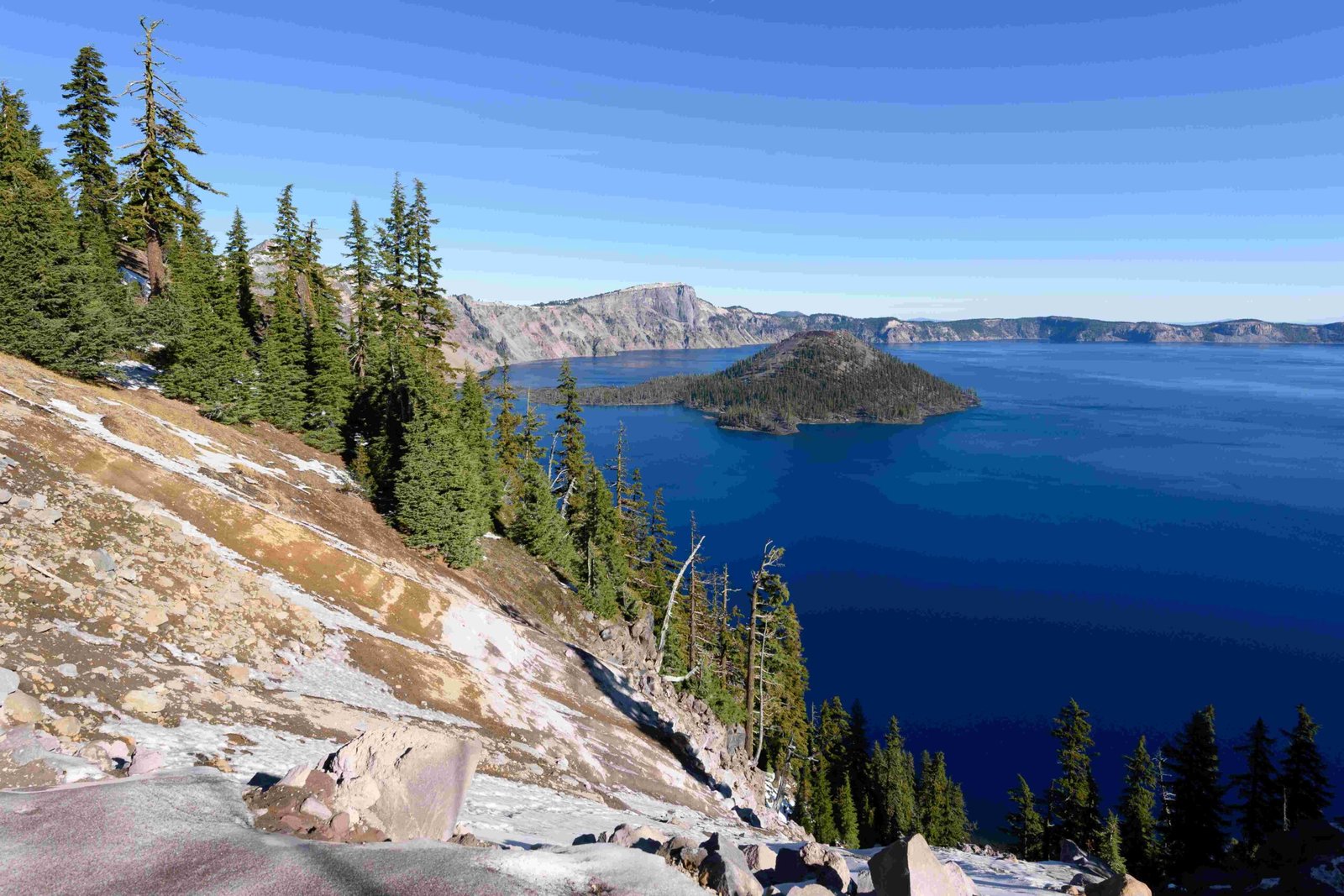Camping off forest service roads near Crater Lake offers a unique outdoor experience, combining the beauty of Oregon’s wilderness with the convenience of accessible camping spots. This guide provides essential information on regulations, best camping locations, road access, and amenities for those looking to explore the area around Crater Lake National Park. From dispersed camping in Fremont-Winema National Forest to backcountry sites within the park, adventurers can find diverse options for their outdoor excursions.
What Are the Camping Regulations Near Crater Lake?

Understanding the camping regulations is crucial for a safe and legal camping experience near Crater Lake. Here are the key rules to follow:
- Permit Requirements:
- Backcountry camping within Crater Lake National Park requires free permits
- Permits must be obtained in person on the day of or day before trip start
-
No advance reservations for permits
-
Dispersed Camping Rules:
- Allowed at least 1 mile from any park road
- Must be 100 feet or more from trails, water sources, and meadows
-
Camping on Crater Lake rim is strictly prohibited
-
Fire Restrictions:
- Campfires only allowed when permitted
- Complete extinguishment of fires is mandatory
-
Extreme caution required with stoves and campfires
-
Stay Limits:
- No specific limit mentioned for dispersed camping in the national park
- Generally, 14-day limit within any 30-day period in national forests
Where Are the Best Camping Spots Off Forest Service Roads?

Discovering the ideal camping spot can enhance your Crater Lake experience. Here are some top locations:
- Summit Rock, Fremont-Winema National Forest:
- Located a few miles from Crater Lake’s northern entrance
- Offers panoramic views
- Camping allowed in designated sites along Forest Road 960
- Larger vehicles should use first few sites
-
Smaller vehicles can access more remote spots via bumpy dirt road
-
Designated Backcountry Camps in Crater Lake National Park:
- Mazama Village
- Dutton Camp
- Lightning Spring Camp
- Grouse Hill Camp
- Accessible via Pacific Crest Trail
- Varying proximity to water sources (Dutton, Bybee, and Copeland Creeks)
How Accessible Are Forest Service Roads to Crater Lake?
Road conditions and accessibility are important factors when planning your camping trip:
- Road Conditions:
- Forest Service roads like FR 960 can be bumpy
- Four-wheel drive and high clearance often required
-
More remote areas may have challenging road conditions
-
Seasonal Closures:
- Some roads closed during winter due to snow and maintenance
-
Check current road conditions before travel
-
Recommended Vehicles:
- Four-wheel drive vehicles preferred
- Higher clearance vehicles recommended for remote sites
What Amenities Are Available for Campers?
While camping off forest service roads offers a more rustic experience, some amenities are available:
- Restroom Facilities:
- Limited facilities at designated campsites and trailheads
-
Some areas have installed toilet facilities due to high usage
-
Picnic Areas:
- Generally not available at dispersed camping sites
-
May be found at designated campsites and trailheads
-
Trash Disposal:
- Pack-out policy for all trash
-
Limited disposal facilities at trailheads and designated campsites
-
Recreational Activities:
- Hiking trails, including Pacific Crest Trail
- Horseback riding opportunities
- Scenic driving routes
What Should I Pack for Camping Near Crater Lake?
Proper packing is essential for a comfortable and safe camping experience. Here’s a checklist:
- [ ] Tent and sleeping gear
- [ ] Warm clothing (temperatures can drop at night)
- [ ] Cooking equipment and food
- [ ] Water and water filtration system
- [ ] First aid kit
- [ ] Navigation tools (map, compass, GPS)
- [ ] Flashlight or headlamp
- [ ] Bear-resistant food container
- [ ] Insect repellent
- [ ] Sunscreen
- [ ] Campfire permit (if planning to have a fire)
- [ ] Camera for capturing Crater Lake’s beauty
How Can I Minimize My Environmental Impact While Camping?
Practicing Leave No Trace principles is crucial for preserving the natural beauty of the Crater Lake area:
- Plan ahead and prepare
- Travel and camp on durable surfaces
- Dispose of waste properly
- Leave what you find
- Minimize campfire impacts
- Respect wildlife
- Be considerate of other visitors
What Are Some Safety Tips for Camping Near Crater Lake?
Ensuring your safety while camping is paramount. Consider these tips:
- Inform someone of your camping plans and expected return date
- Be aware of wildlife in the area, including bears
- Check weather forecasts and be prepared for sudden changes
- Carry a reliable means of communication
- Know basic first aid and carry a well-stocked kit
- Stay hydrated and protect yourself from the sun
- Be cautious of steep drop-offs near the lake rim
By following these guidelines and regulations, you can enjoy a safe and memorable camping experience off forest service roads near Crater Lake. The area’s natural beauty, combined with the adventure of dispersed camping, offers a unique opportunity to connect with nature and explore one of America’s most stunning national parks.
References:
1. Pacific Crest Trail Association – Camping Rules at Crater Lake
2. PCT Oregon – Crater Lake Backcountry Camping for PCT Hikers
3. National Park Service – Frequently Asked Questions & Regulations – Crater Lake National Park
4. USDA Forest Service – Dispersed Camping
5. The Dyrt – Camping Near Crater Lake National Park
